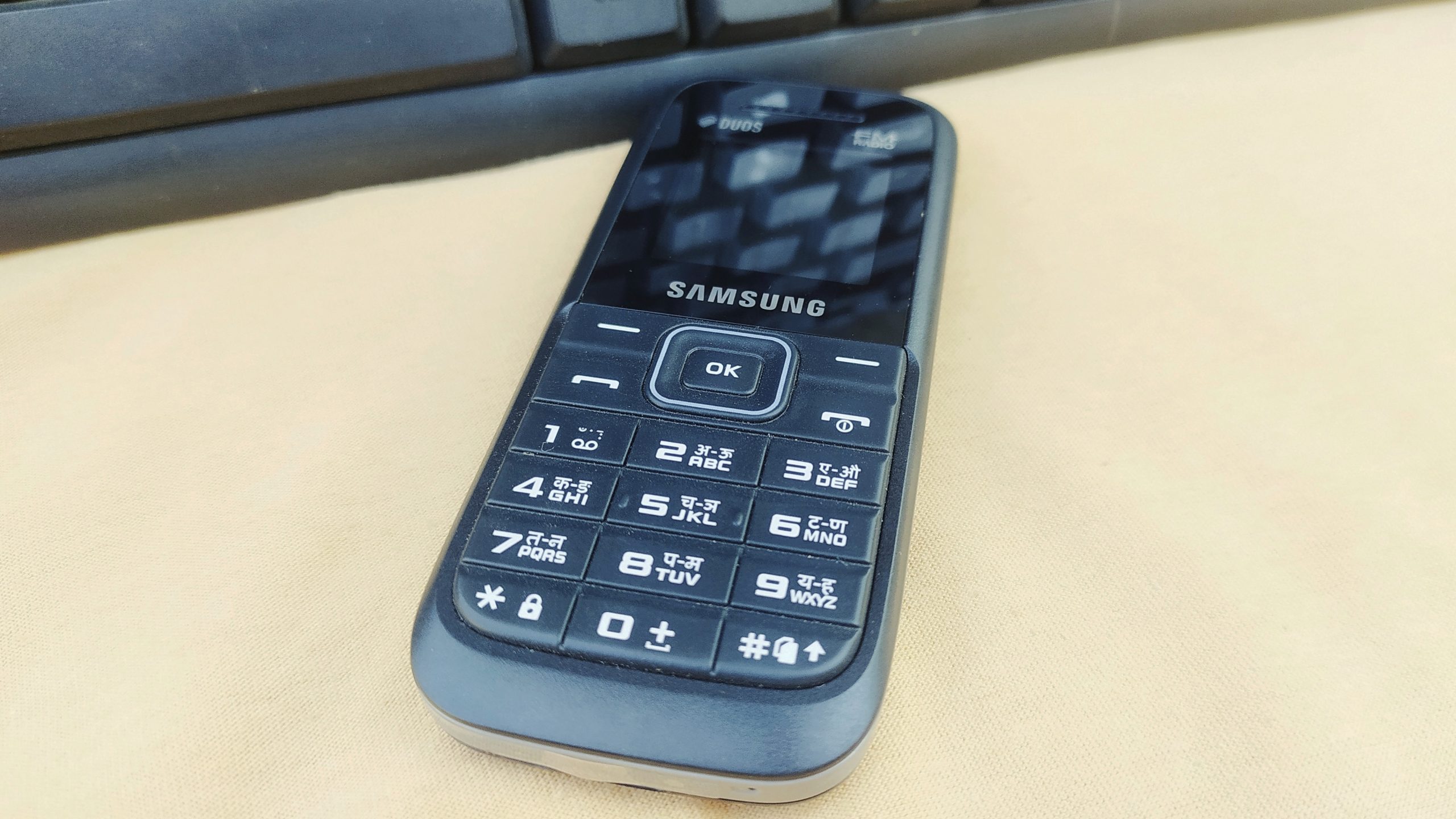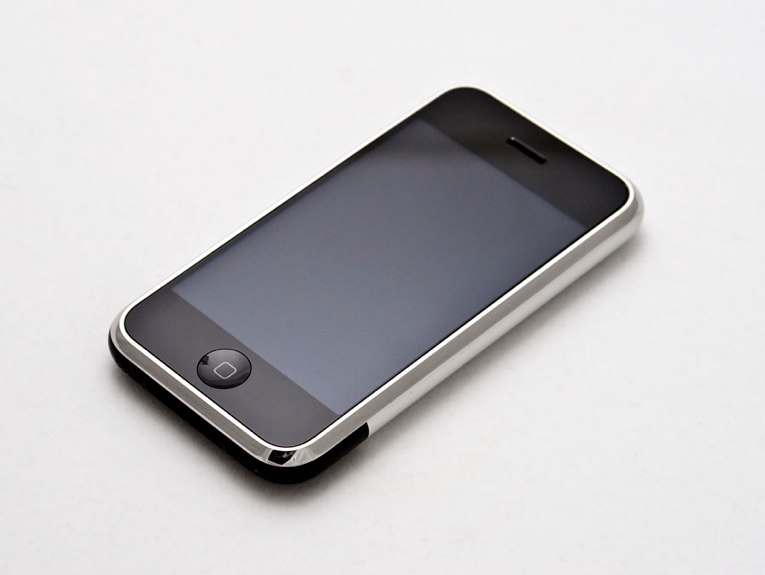In the early days of mobile phones, one of the most ubiquitous features was the numeric keypad. This simple, yet effective interface made it possible for users to quickly dial phone numbers and send text messages, but in recent years, the numeric keypad has all but disappeared from modern mobile devices.
 |
| Samsung mobile phone with numeric keypad © PixaHive |
The Rise of the Touchscreen Interface
The decline of the numeric keypad can be largely attributed to the rise of the touchscreen interface. With the introduction of the first iPhone in 2007, touchscreens quickly became the dominant input method for mobile devices. The flexibility and versatility of touchscreens allowed for a much more intuitive and user-friendly interface, and as a result, numeric keypads were gradually phased out.
 |
| The first generation iPhone © Wikipedia |
The Benefits of Touchscreens
Touchscreens offer a number of benefits over traditional numeric keypads. For one, they allow for a much more dynamic interface, enabling users to access a range of features and functions simply by tapping and swiping. Additionally, touchscreens provide a more immersive experience, allowing users to interact with their devices in a more natural and intuitive way.
Another factor contributing to the decline of the numeric keypad is the growth of the app market. With the rise of app stores and mobile software development, there has been a huge influx of new and innovative apps that allow users to perform a wide range of tasks on their mobile devices. This has shifted the focus away from traditional phone functionality and toward more specialized and diverse use cases, rendering the numeric keypad all but obsolete.
The End of an Era
Despite its decline, the numeric keypad will always hold a special place in the history of mobile technology. For many people, it was their first introduction to the world of mobile phones and helped to lay the foundation for the modern smartphone era. Today, though, the numeric keypad is nothing more than a nostalgic footnote, a reminder of a simpler time in the world of mobile technology.
Conclusion
In conclusion, the decline of the numeric keypad on mobile devices is just one example of the rapid pace of technological change and the evolution of mobile technology. Although it may have served its purpose well in its time, it has been replaced by more advanced and user-friendly interfaces that better meet the needs of modern users. And while the numeric keypad may be gone, its legacy will live on as a testament to the rapid progress of mobile technology and the ingenuity of the pioneers who paved the way.
